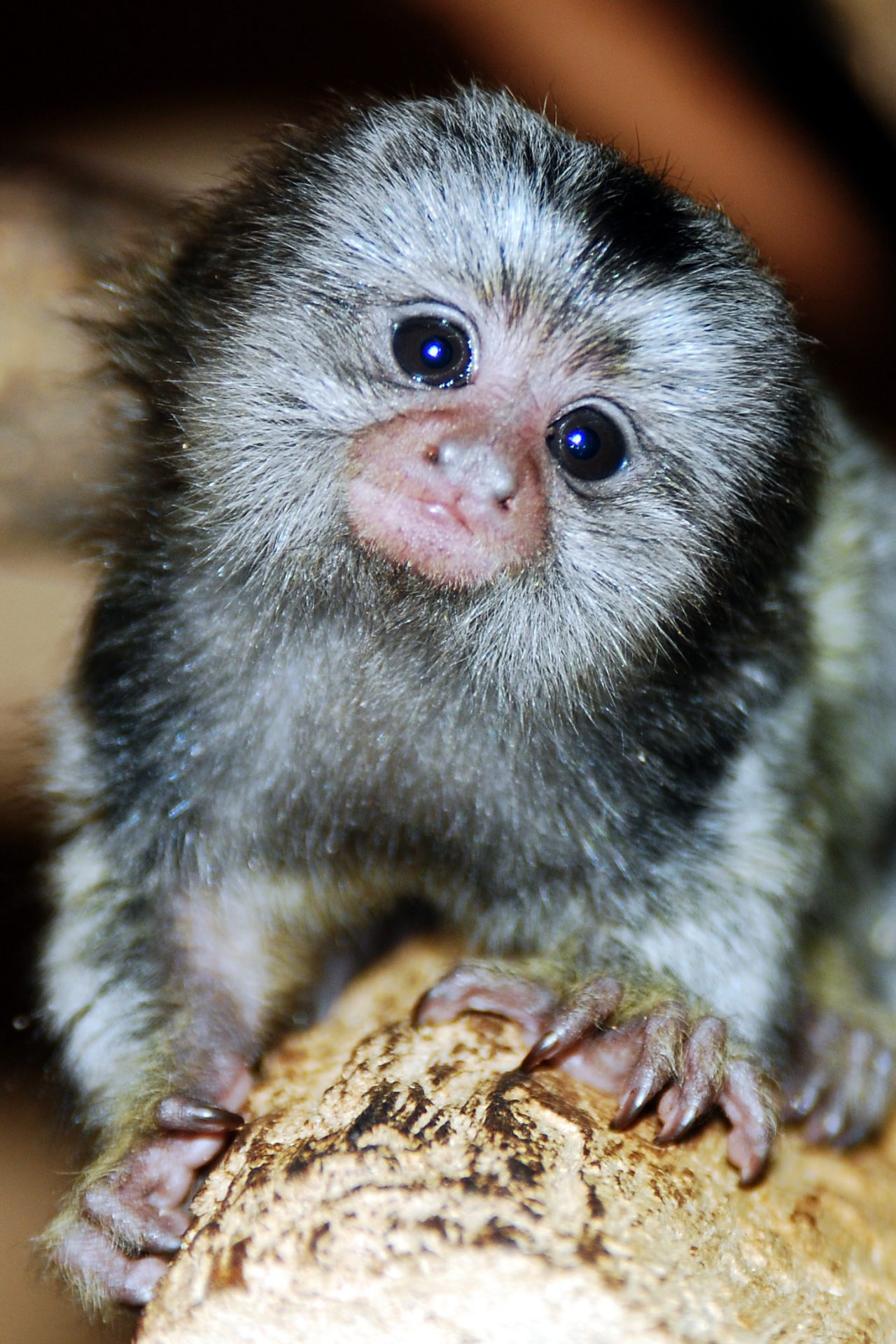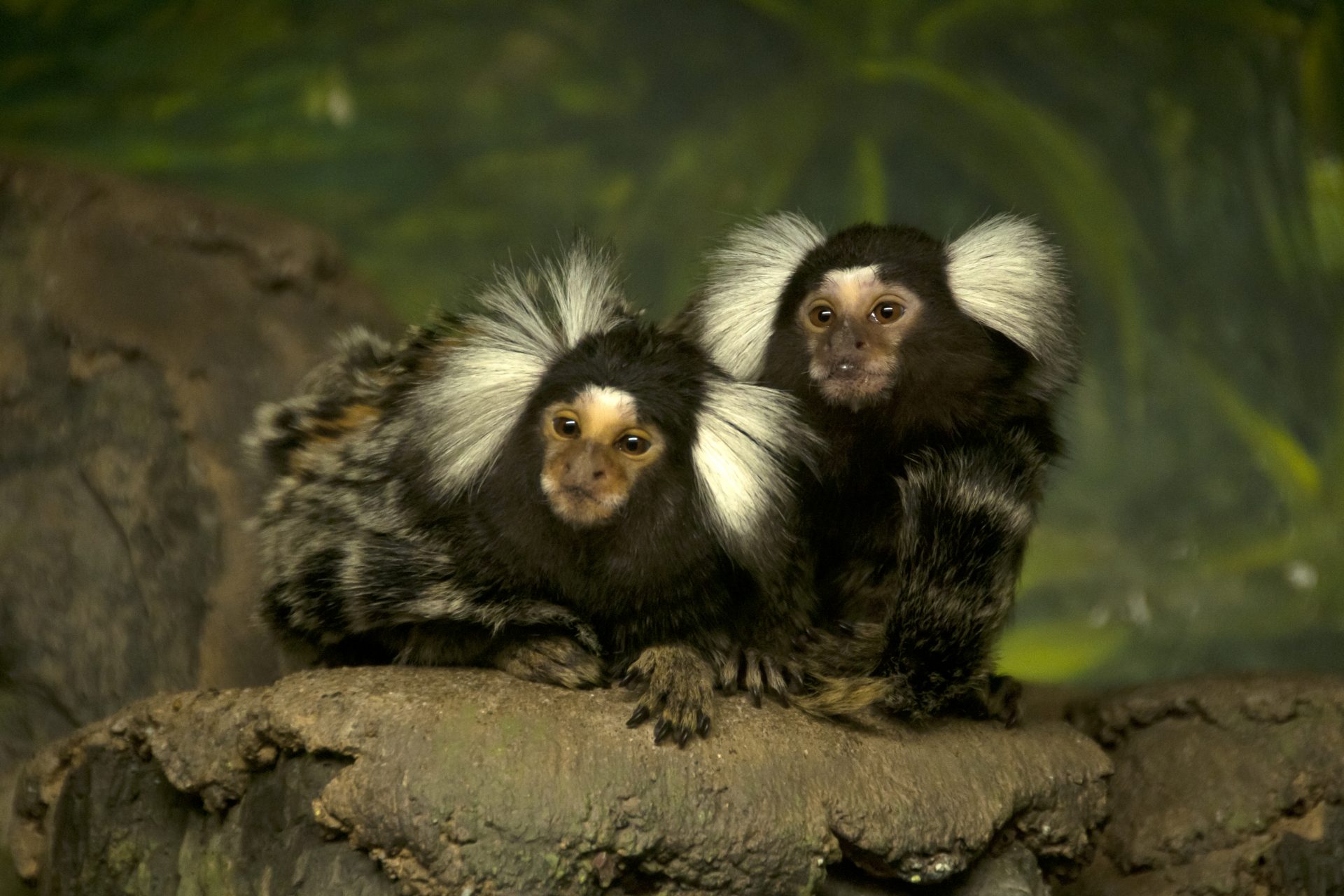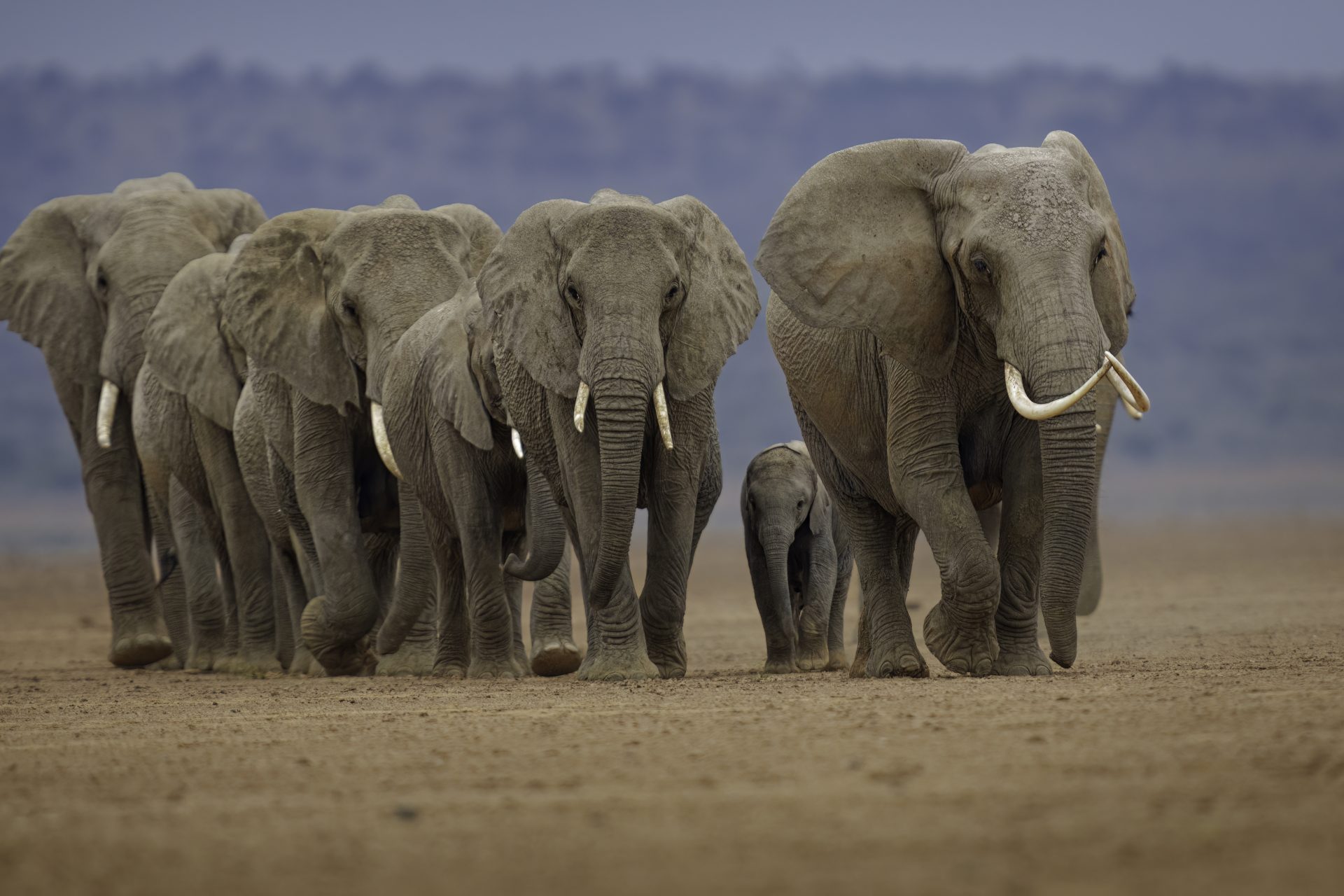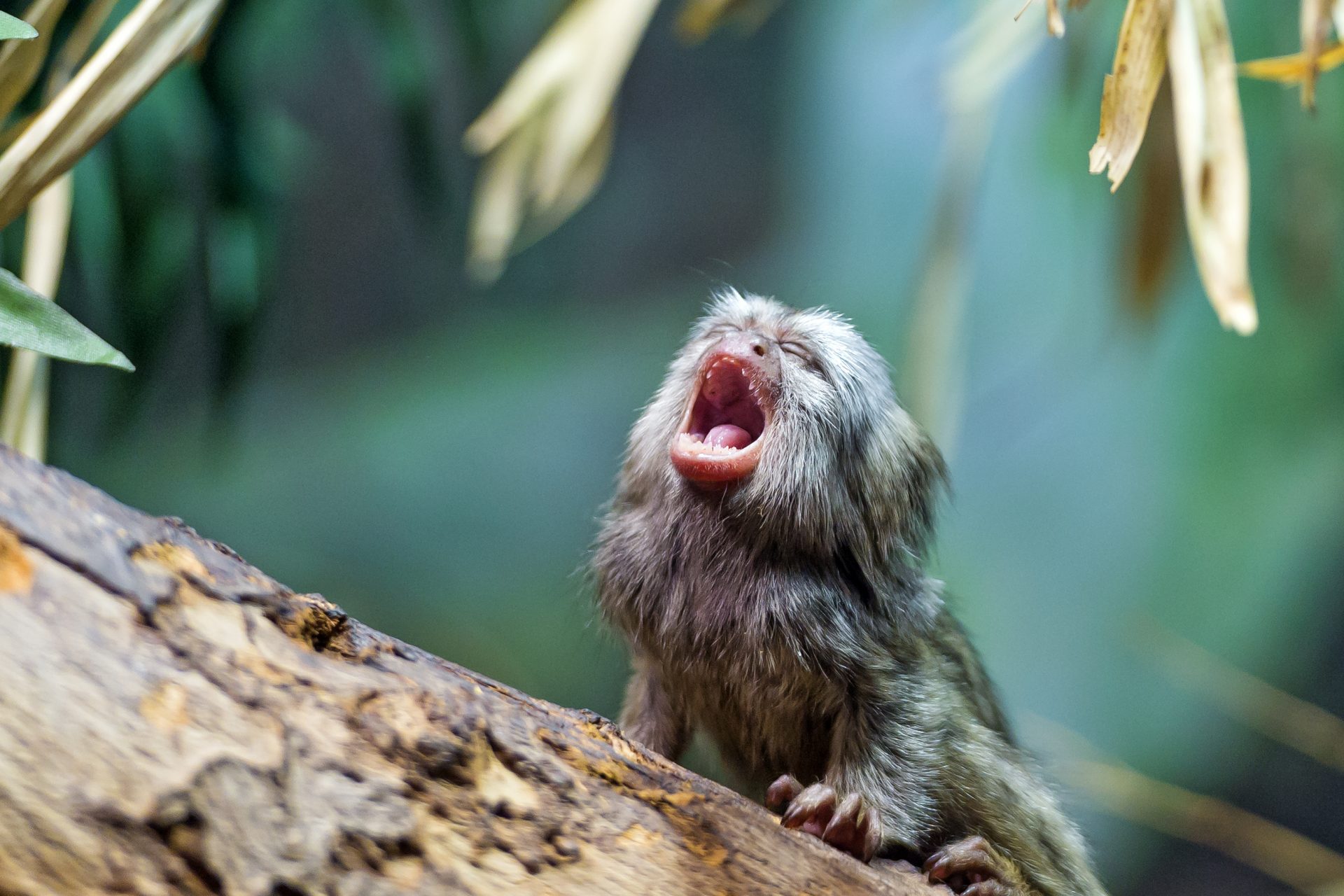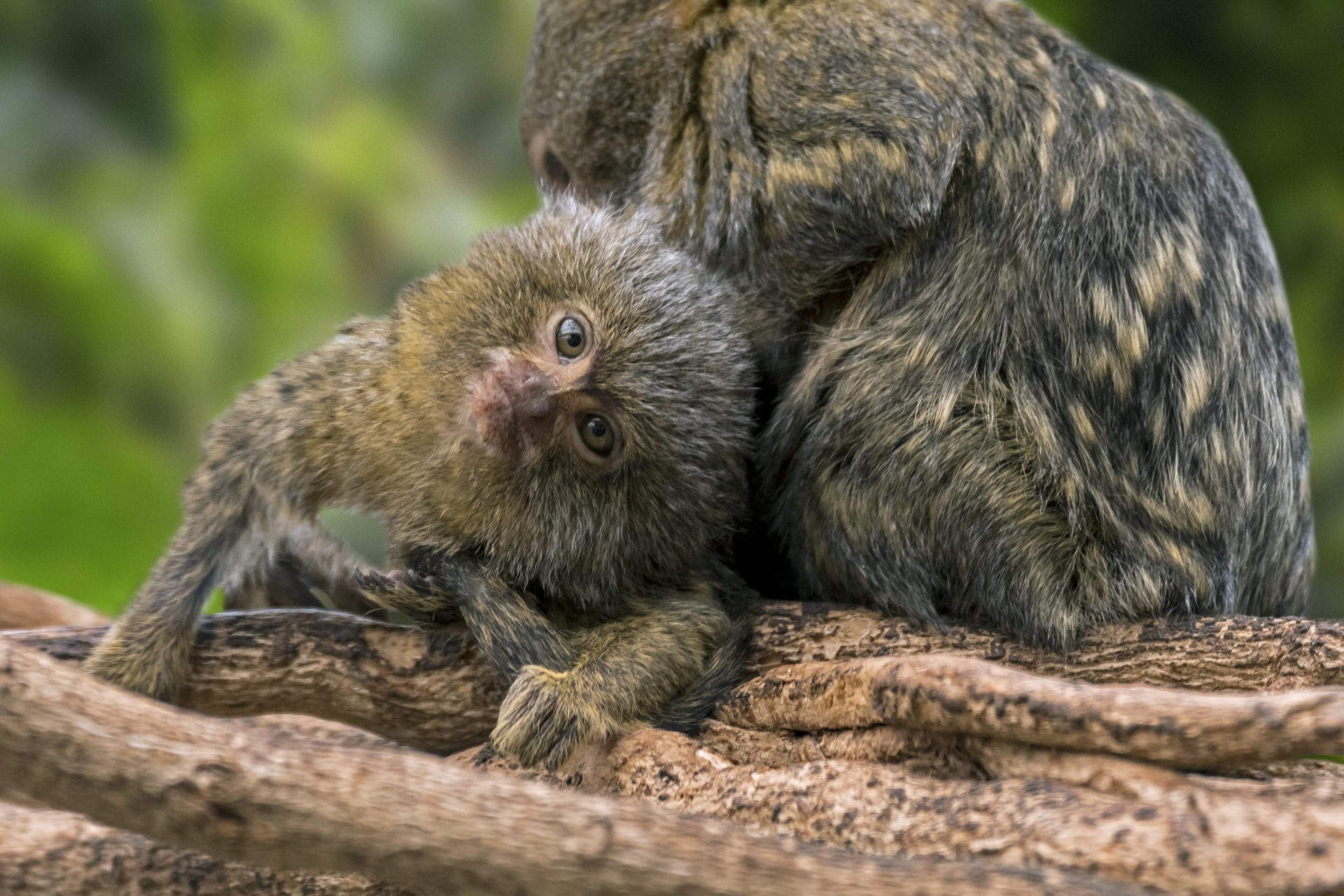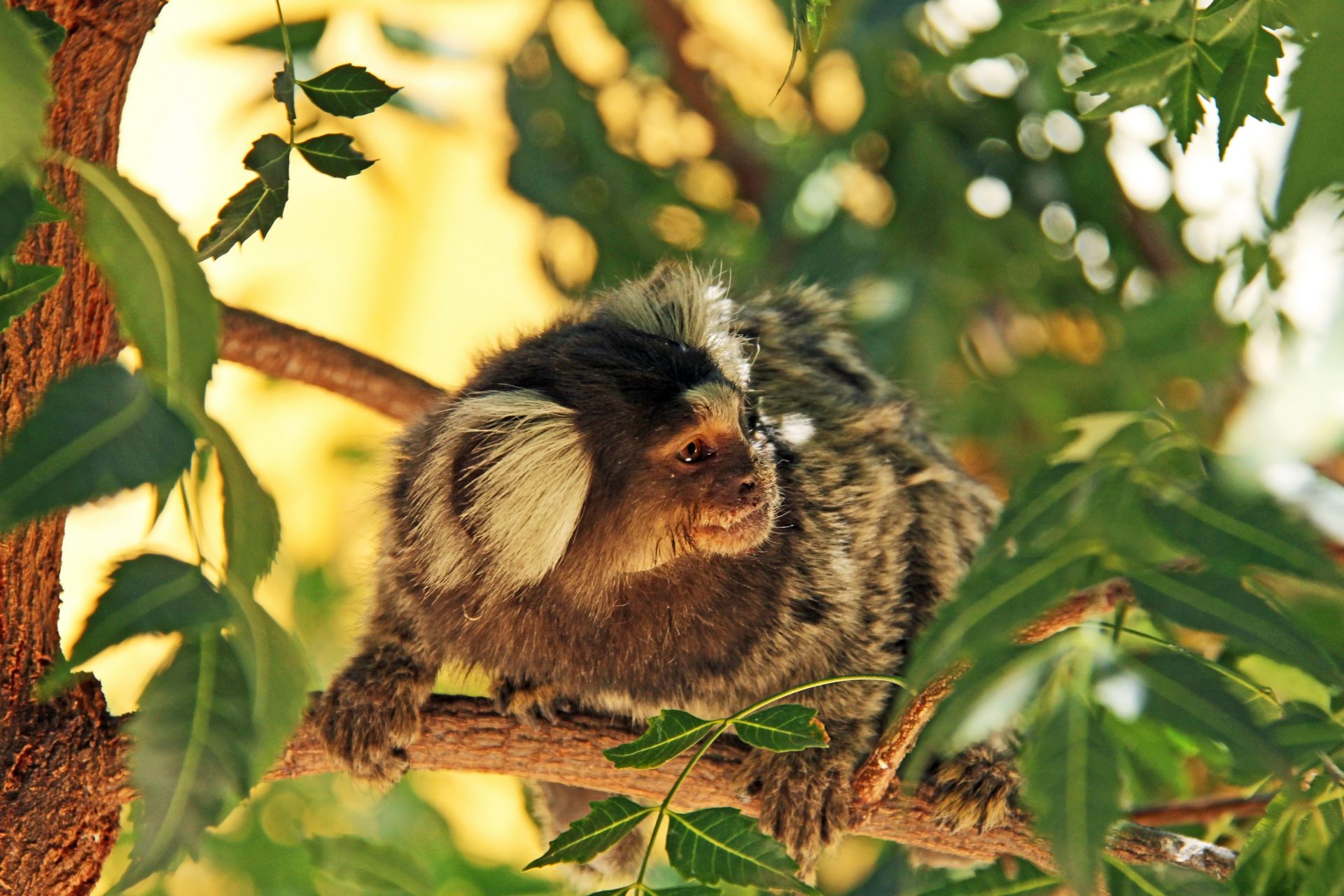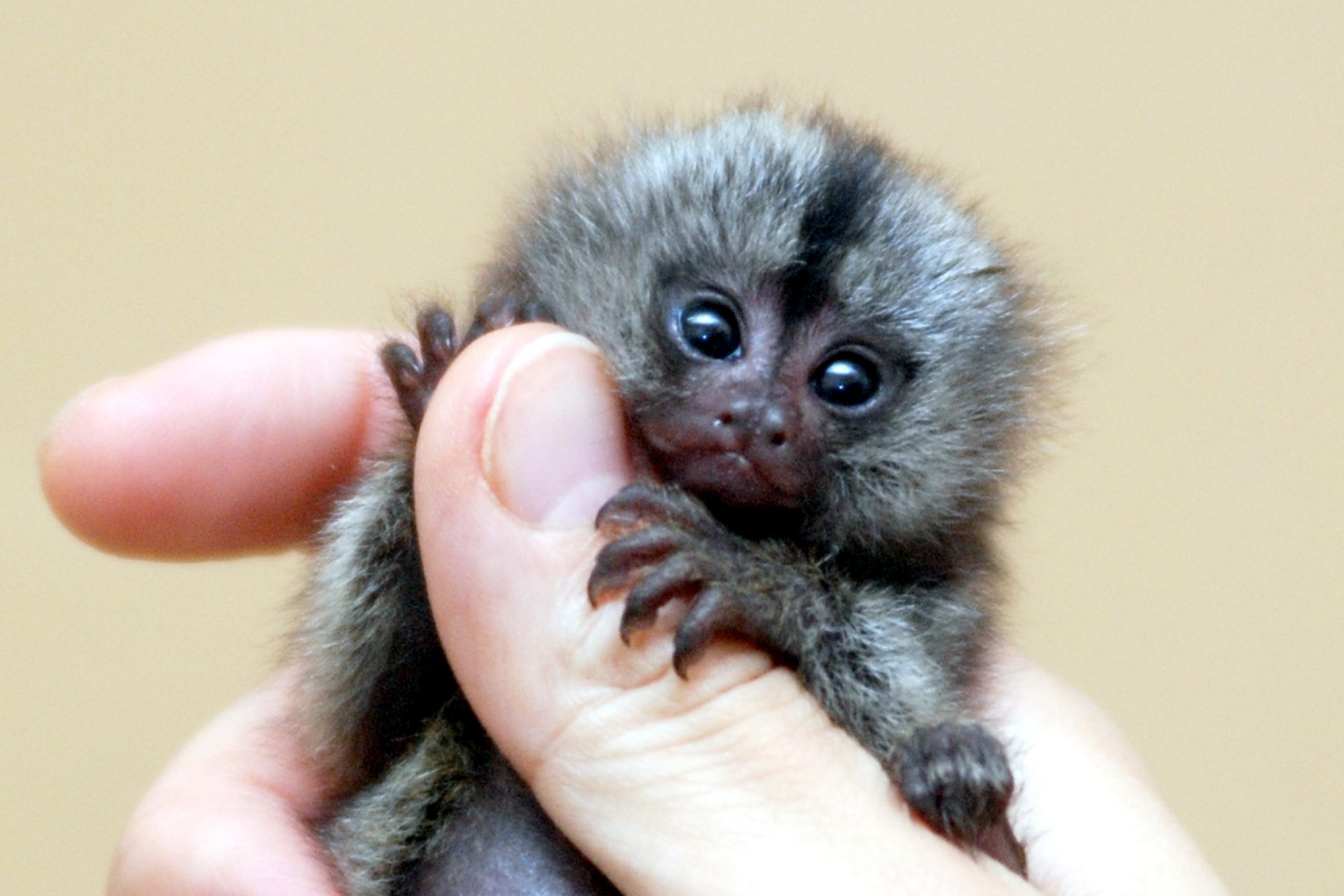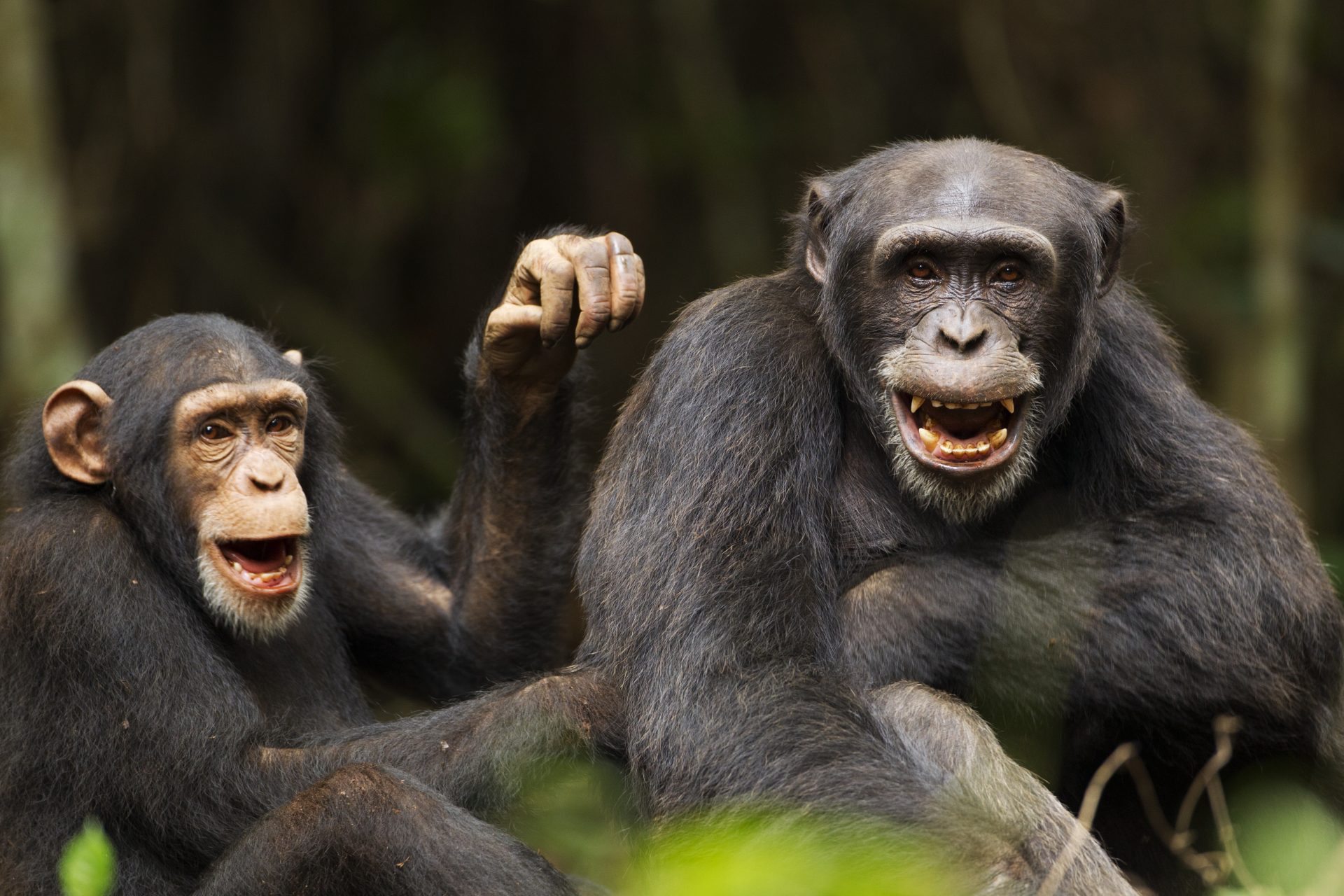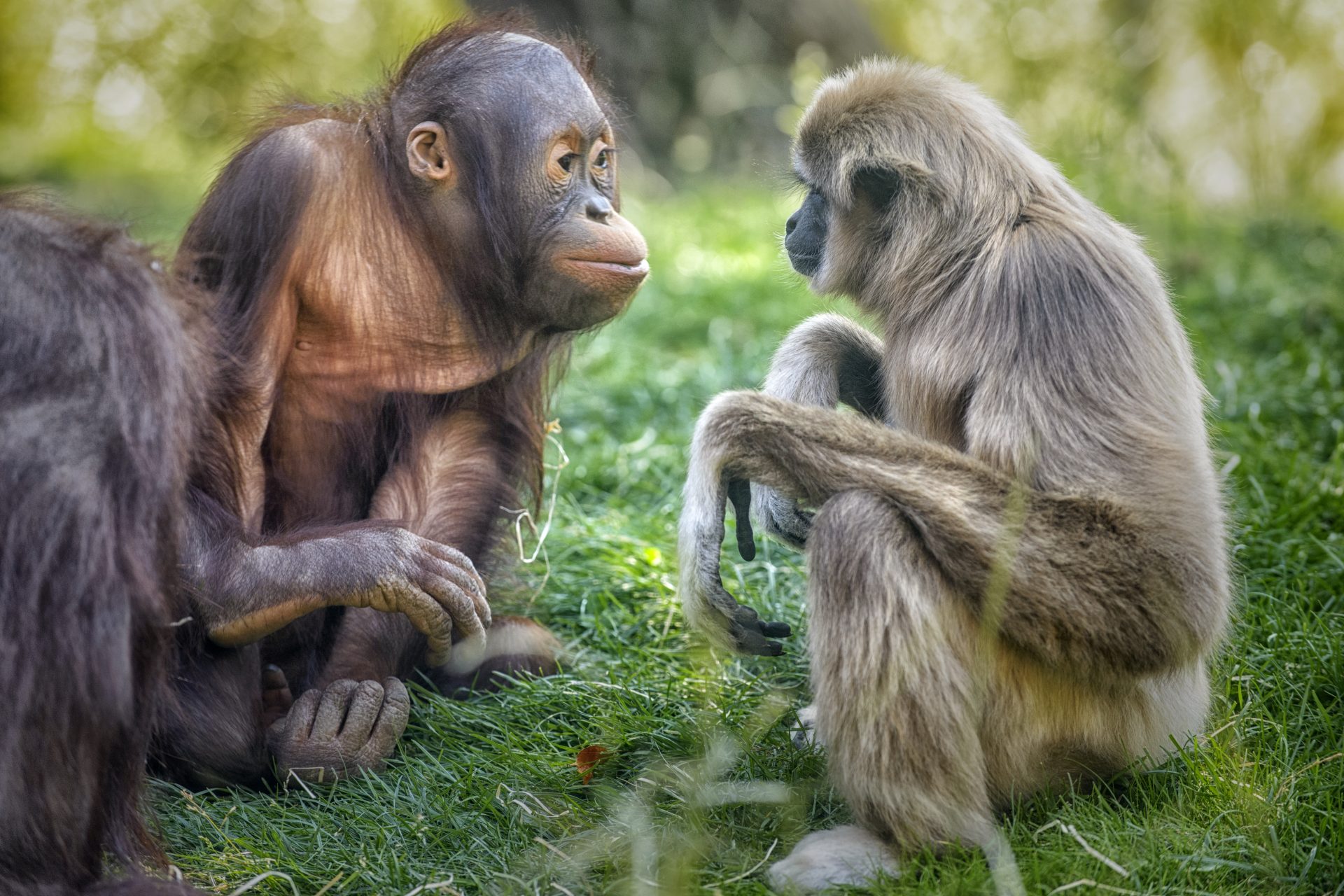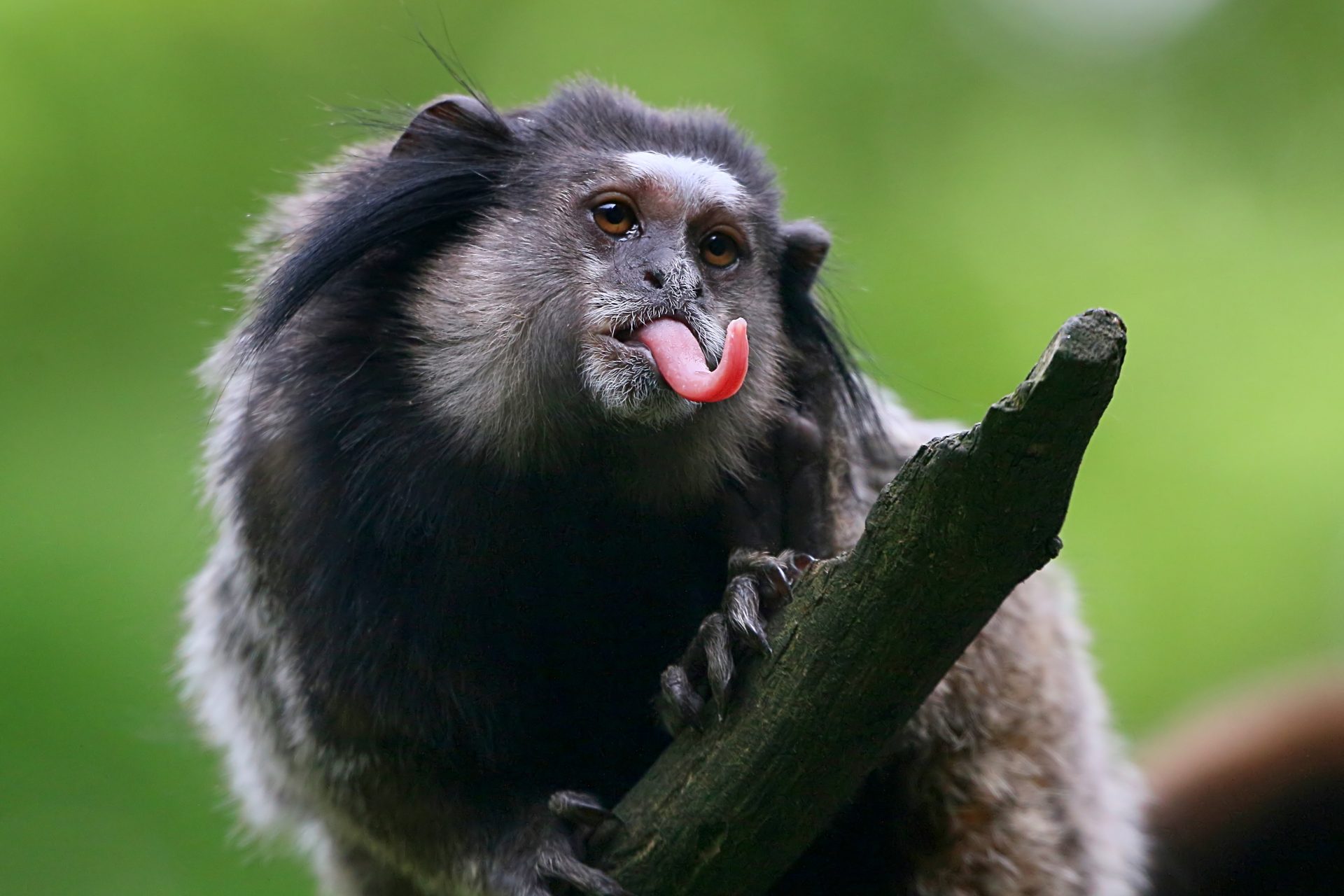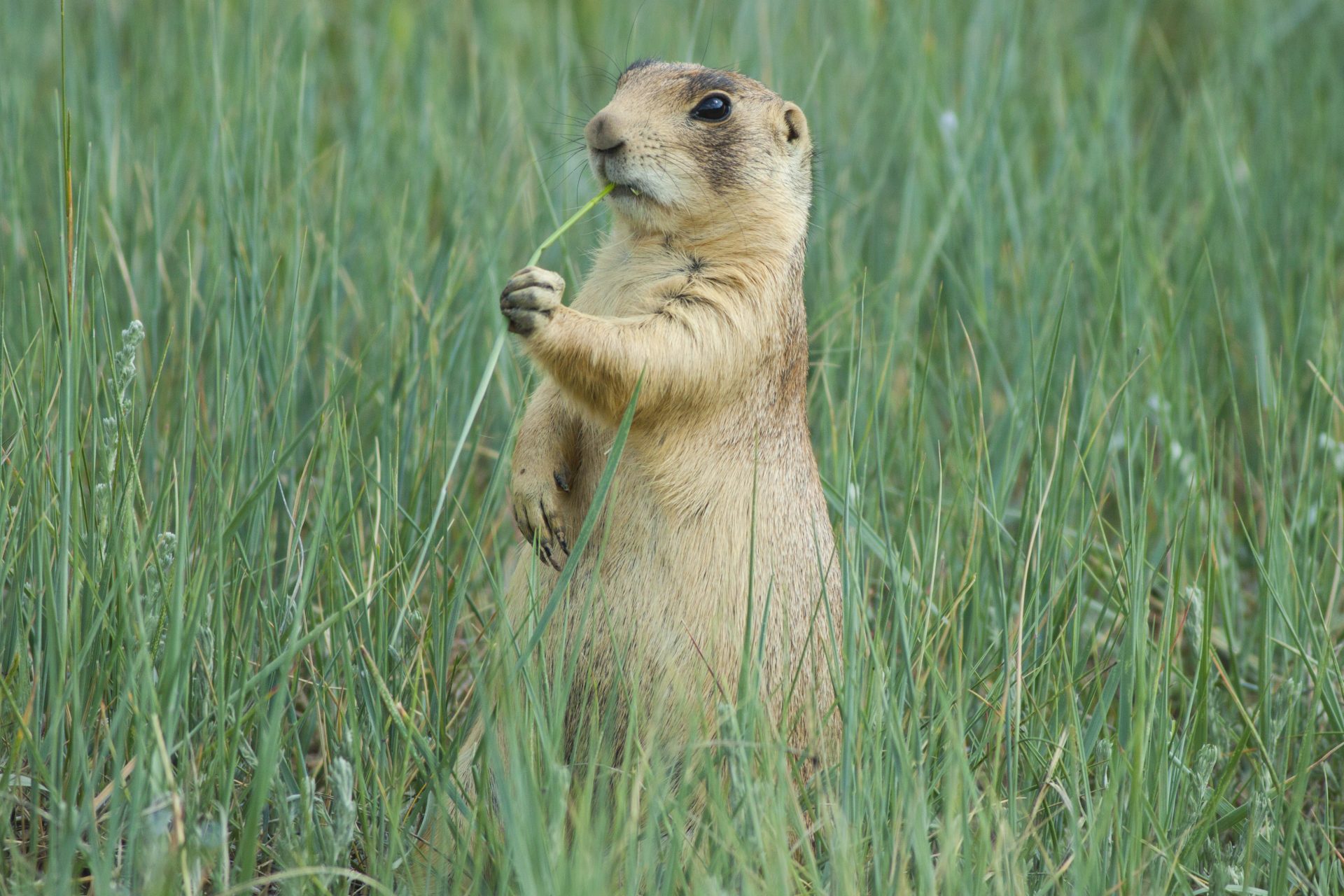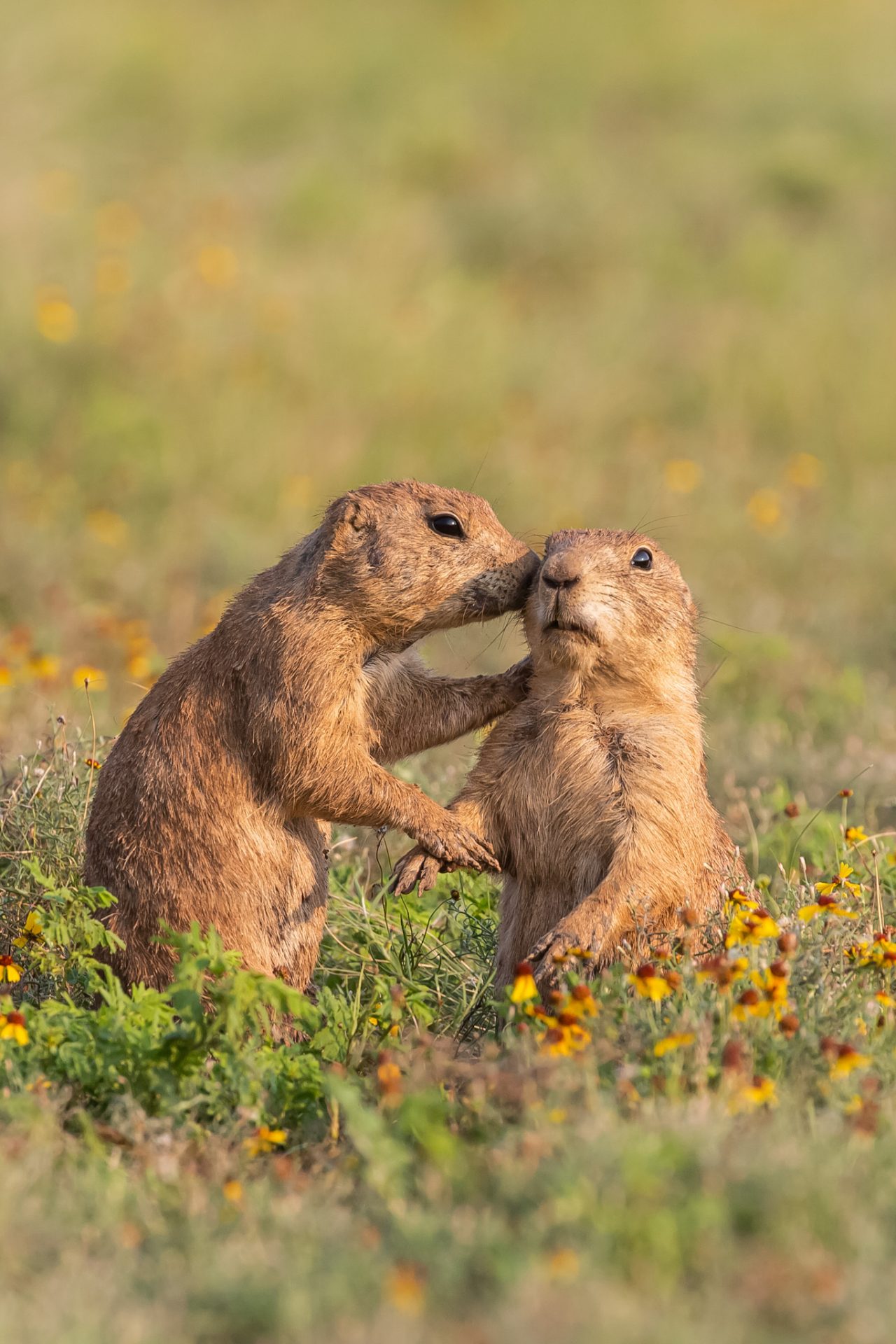Cheeky marmoset monkeys call each other names, study finds
The highly sociable marmoset monkey calls members of its family and tribe by name, a new study carried out by the Hebrew University of Jerusalem and published at the end of August in Science suggests.
Known to hang out in groups of eight to 10 in rainforests in north east Brazil and around the Amazon River, this miniature primate uses a thin high-pitched “phee call” to get the attention of a specific individual monkey.
The only other non-human species known to call each other by name are dolphins, and elephants, according to the study, with elephants using a different rumbling noise for each member of the herd and dolphins, using a specific whistle for each member of the pod.
Now the Hebrew University study, which analyzed 50,000 “phee calls” using machine learning – a type of AI – claims to have found that the marmoset also responds more consistently and correctly to calls that are specifically directed at them.
“Naming individuals requires sophisticated cognitive abilities,” head author of the study David Omer, a neuroscientist at Hebrew University of Jerusalem, told the Washington Post.
To possess this ability, Omer added that “animals must map their social environment, distinguish between individuals and conjure a representation of the other animal in their minds.”
The study found that each monkey had a name, but could not specify which part of the “phee call” corresponded to it, Guy Oren, a graduate student who spent two years analyzing the calls, told the Washington Post.
The study also found that all members of a marmoset family would use the same name for each family member, in exactly the way a human family would.
Communication is simplified within a marmoset tribe as only the head male and female will have babies while the other group members will help out with childcare duties, foraging for food and sleeping close to the young to afford them protection.
Still, communication has been found to be more sophisticated than was thought and, as the study’s authors state in Science, “these findings shed light on the complexities of social vocalizations among nonhuman primates.”
The study adds that “marmoset vocalizations may provide a model for understanding aspects of human language, thereby offering new insights into the evolution of social communication.”
Considering the wider picture, the study also poses the question of whether this sophisticated means of communication is more common among other species than we think.
“Absence of evidence is not evidence of absence. We don’t know if the phenomenon is absent in most species or if researchers simply have not been looking for it so far,” Judith Burkart, an evolutionary anthropologist at the University of Zurich, told the Washington Post.
Burkart also flagged up the fact that the “phee calls” contain more information than a name — it’s not as simple as the marmoset equivalent of shouting out “Robert” or “Susan,” she said.
The Washington Post cites a study carried out by Con Slobodchikoff, a professor emeritus of biology at Northern Arizona University on prairie dog vocalizations.
Published in the National Library of Medicine, the research suggests that prairie dogs are able to incorporate details regarding the individual characteristics of predators into their alarm calls with a greater complexity of information than has been previously believed.
More for you
Top Stories



